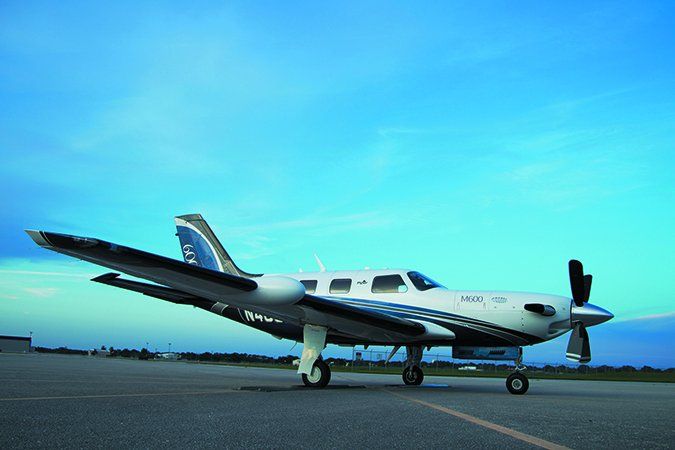In April of this year, Piper announced that its PA46 line of cabin-class singles would henceforth be referred to as the M-Class. While the Matrix would retain its name, the Mirage was becoming the M350 (for its 350-HP engine) and the Meridian was now the M500. Shortly afterward, it announced that its new, top-of-the-line M-Class machine, the M600 had completed FAA certification. It did so in almost unprecedented time—44 days—a tribute to engineering and flight test groups that did developmental testing with amazing thoroughness and FAA inspectors who went through the certification flight testing in a no-nonsense fashion.
The M600 uses the fuselage—with beef ups—and a higher-power version of the engine from the M500. The M600 also has a new wing—marketing claims it’s a clean-sheet design—that carries 90 gallons more fuel than the Meridian, allowing the M600 50 percent more range, a 958-pound higher gross weight and 100 more pounds in the cabin with full fuel. The M600 is also Piper’s first airplane to use the sophisticated Garmin G3000 avionics suite.
The single-engine turboprop market has long been broken into two halves: an extensive group of haulers such as the Cessna Caravan line, Pilatus PC-6 Turbo Porter and PC-12, PAC P-750 and the Quest Kodiak; and a small selection of personal transport machines targeted at the owner-flown market, the Piper Meridian and Socata TBM line.
A Niche to be Filled
Until now, there was a sharp dichotomy in performance and load-carrying ability between the offerings in the single-engine turboprop personal transport world. The TBM line offers a 1700-NM range and speeds over 300 knots. With full fuel, the TBM 930 can carry 1300 pounds in the cabin. At the other end of the spectrum, the M500, as an outgrowth of the Malibu, suffers from the cruel physics of putting a turboprop on an airframe sized for piston power—by the time you stuff enough heavy jet fuel in it to satisfy the thirst of the turbine and go any distance, cabin payload is down to 500 pounds. Filling the seats means carrying just slightly more than an hour’s worth of fuel.
That’s not a criticism of the Meridian—the turboprop conversions of the Cessna 206, 207 and 210, Beech Bonanza and Piper Malibu/Mirage wrestle with the same problem. While not in the TBM’s speed class, at max cruise the M500 whistles along at 260 knots. Pulling the power back and flying high can bump the range up to 1000 NM. Speed costs money: A new M500 is priced at $1.9 million while a TBM 930 starts at $4.1 million.
At $2.85 million, we think the new M600 fits nicely into the niche between the Meridian and the TBM series. Max cruise is 274 knots. The new wing carries 260 gallons of jet fuel—bumping the NBAA range to 1484 NM. The cabin and pressure vessel is still that of the Malibu/Mirage/Meridian, however, the empennage has been beefed up to handle a Vmo of 250 KIAS, a speed that we think will allow the airplane to mix easily into the demands of crowded airspace.
Despite rumors, the new M600 wing is not recycled from the jet Piper was developing some years ago; it was designed specifically for the M600. It carries a radar pod incorporated into the leading edge, a lower drag configuration than slinging it under the wing. We were told that there was initial concern with adverse stall effects with a leading-edge mounted pod, but there proved to be none. We noted that the stall strips on the leading edge were symmetrical on each wing and when we did stalls, there was no sign of roll off at the break. The main gear is further aft than on the M500 and has a six-inch wider track.
There are easily removable fairings around the wing roots for fast maintenance access, a design we applaud.
We noted that the new wing maintained one of the smart features of the Meridian—the leading edge attaches to the fuselage forward of the pressure vessel, so the fuel lines remain outside of the pressure vessel on their way to the engine. That’s an important crashworthiness consideration.
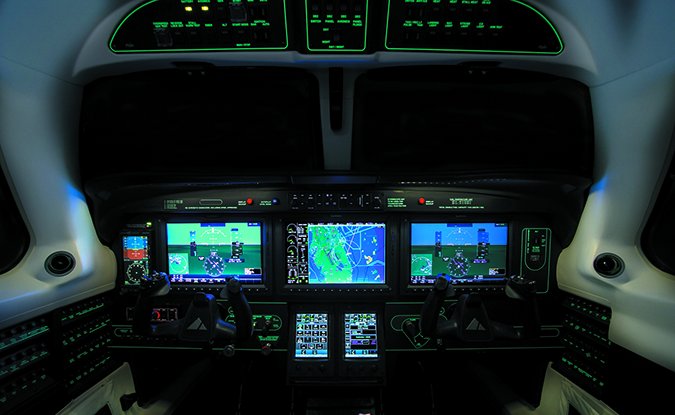
Powerplant
Power is provided by the same PT6A-42A engine used in the M500, although its output has been bumped from 500 to 600 SHP. Thermodynamically, it’s rated to 1029 SHP, so it’s loafing at 600 SHP—a good thing, we think, for longevity. TBO is 3600 hours.
For single-pilot operation, we like simple engine and fuel system operation—the M600 delivers both. Due to derating the engine, it doesn’t need the ram effect of a big scoop. Instead, air arrives via two non-icing NACA ducts under the nose. That means no need for ice vanes, inertial separator or inlet de-icing.
The fuel system is either on or off—and automation corrects any imbalance that may develop in quantity between the tanks by turning on the appropriate pump. Annunciators keep the pilot in the loop.
The airplane is certified to 30,000 feet, however, in the absence of RVSM, the effective maximum altitude is FL280. Max cabin pressurization differential is 5.6 PSI, allowing for a cabin altitude of under 10,000 feet at FL280.
Weight, Payload
The basic empty weight of the airplane we flew—one of the very first to be completed—was 3678 pounds. We were told that airplanes are coming off the line below that number, with the most recent weighing 3633 pounds. With a maximum ramp weight of 6050 pounds (takeoff weight is 6000 pounds), our airplane had a useful load of 2,372 pounds. With full fuel—1768 pounds—we could carry 604 pounds in the cabin. We think that’s quite satisfactory in return for a range of nearly 1500 NM as airplanes in this class seem to be flown with only one or two people aboard. With the seats full of 170-pounders, the M600 still has a range of nearly 1000 NM, a huge step up from the M500. Maximum landing weight is 5800 pounds. Zero fuel weight is 4750 pounds, limiting cabin load to 1072 pounds, or six 170 pounders and 52 pounds of baggage.
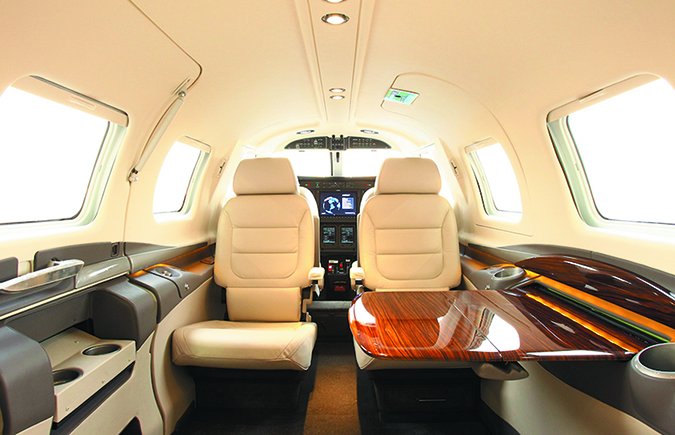
The cabin is 49.5 inches wide and 47 inches tall with an overall length from the aft baggage bulkhead to the instrument panel of 148 inches. Baggage is carried in the pressure vessel; behind the rear seats. The baggage area is limited to 100 pounds. The rear seats fold forward, but stowing and retrieving heavy suitcases is challenging.
Cabin furnishings are what we expect in a cabin-class turboprop—leather seats and an overall excellent level of fit and finish. There were some eyebrow raisers such as pilot arm rests that seemed fragile and the use of what appeared to be plastic in various areas of the flight deck. We were glad to see a liberal approach to installing USB ports—we counted six, all in locations that are designed to minimize cable run.
Getting to the cockpit and seated takes some doing as the cabin is small and there is a step-over at the entrance. Seating is cramped for anyone over six feet tall.
Evidently because of space considerations, the power lever quadrant is set low, so the controls don’t fall as easily to hand as in other aircraft in the class. Making small power adjustments requires initially figuring out a way to brace your hand to do so. We noted that once a hand position is worked out, small power changes are easy to make—there is no twitchiness or non-linear power lever response that we’ve noted in some other turboprops.
The restraint system is three point; adequate, in our view. However, from a crashworthiness standpoint—especially in a cockpit with so little flail space—we’d prefer to see a four- or five-point system.
While Piper did an excellent job in crashworthy design by keeping fuel out of the pressure vessel, we think it erred when it chose an overhead panel for a number of switches. It blocks the view during a steep descent, the markings are difficult to read for the bifocal set and it’s positioned so that its supporting structure and the switches have a potential to cause head injury in a sudden stop. Even with the large screens for the Garmin G3000 system, we think there is room to put the overhead switches on the panel.
Self-Preservation Automation
A review of the accident reports of high-performance singles shows that ever since Bonanzas, 210s, Malibus and their even more capable turboprop siblings have been flying at speed, at altitude, they have been susceptible to catastrophic loss-of-control crashes and pilot incapacitation due to hypoxia. Getting a wing down due to a pilot’s inattention or distraction has led to more than one diving spiral and in flight breakup because the clean airplanes will accelerate so quickly.
In addition, improperly programming the autopilot has brought more than one flight to grief as the airplane stalled or blew through Vmo.
The new M600 avionics suite made up of the Garmin G3000 and GFC 700 autopilot with enhanced Autopilot Flight Control System (AFCS) includes automation designed to break the chain of accidents that have dogged the world of slippery singles. The system includes a number of features that come into play whether the airplane is being hand flown or on autopilot.
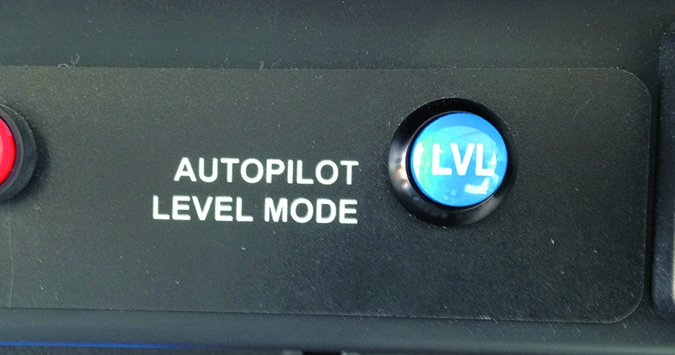
Electronic Stability Protection (ESP) is designed to prevent the onset of diving spirals, stalls and loss of control generally when the airplane is being hand flown. Piper describes it as a “soft barrier to keep the Piper M600 inside the performance envelope by automatically engaging servos to slightly correct control surface positions when the aircraft exceeds one or more flight parameters.”
During our flight review, any time we exceeded 30 degrees of bank, the system would nudge us back to that as a maximum bank angle. ESP can be disarmed temporarily for maneuvering if desired. It reminded us of a much more sophisticated version of the full-time wing leveler on Mooneys 40 years ago. We found that, as described, the further we took the airplane outside the bank and pitch parameters of the system, the more assertively it nudged, then shoved, the airplane back within them. We like what we saw—we’ve read far too many accident reports of in-flight breakups after a pilot lost control while hand flying and we think this is an excellent way of reducing that risk.
Prominently visible on the M600’s panel is a blue “LVL” button (photo below). Pushing it engages automatic level mode which activates the flight director and autopilot, cancels all armed and active modes and returns the airplane to straight-and-level flight.
The automatic-level capability has been offered on other aircraft—we like it for its ability for a pilot to use automation to fix things when he hasn’t been able to—possibly due to spatial disorientation—and for a passenger to get things under control should the pilot become incapacitated. If nothing else, it should provide peace of mind for passengers knowing it’s there.
The M600’s system will also act to recognize hypoxia and take action if the pilot fails to respond. If the cabin altitude reaches 14,900 feet, the system issues a warning and demands that the pilot take some action in response. If the pilot does not respond, the autopilot flies the airplane to progressively lower altitudes and continues to try to get the pilot to respond.
The autopilot also has automatic overspeed and underspeed protection. If the pilot commands a pitch attitude that will take the airplane through Vmo, the autopilot will hold Vmo and no faster. Should the nose-up pitch attitude be commanded that will stall the airplane, the autopilot will keep the airplane at a speed slightly above stall. The underspeed protection allows the autopilot to remain coupled when flying a go-around.
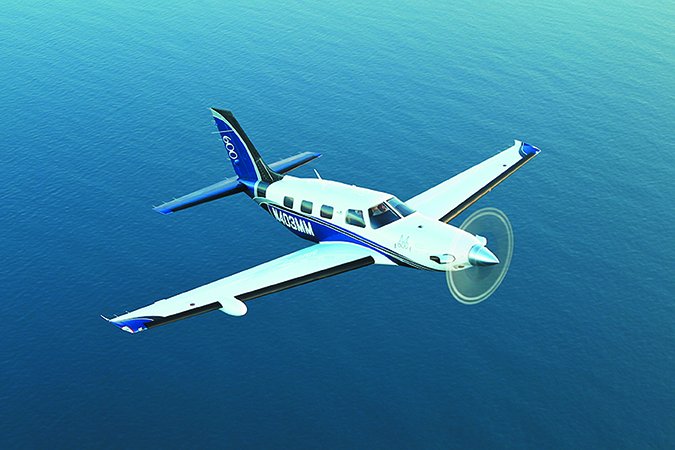
Flying It
Start up is standard PT6—turn it, wait a moment, introduce fuel and monitor. The Garmin G3000 system boots up rapidly and the pretakeoff checklist can be displayed on one of the screens. Taxiing reveals moderate rudder forces and solid control in turns. Residual thrust at idle is high enough that we taxied in Beta or reverse almost constantly. There is a squat switch on the nose gear that locks out Beta and reverse in flight—an important safety feature, we think, that should be on all turboprops as intentional reversing on approach to landing has caused a number of accidents over the years.
There are two flap positions, takeoff and approach—15 degrees—and full—35 degrees. On takeoff, setting power lever movement and engine response was linear and predictable, so setting max torque, 1575 pounds, was not difficult even the first time. Loaded to near gross, acceleration was impressive.
Yaw control authority proved to be so effective that there was an initial tendency to over control, which was magnified on landing rollout when reverse was selected. Eighty five knots is the speed for raising the nose and only minimal pressure was required, although significant forward pressure was needed almost immediately as the gear and flaps came up. We suspect that the takeoff trim position is set to minimize the control force at rotation due to the more aft placement of the gear. The forward pressure required as the airplane is cleaned up adds slightly to the workload for a few moments after liftoff. There is pitch change associated with flap position change and gear retraction or extension.
M600 Handling
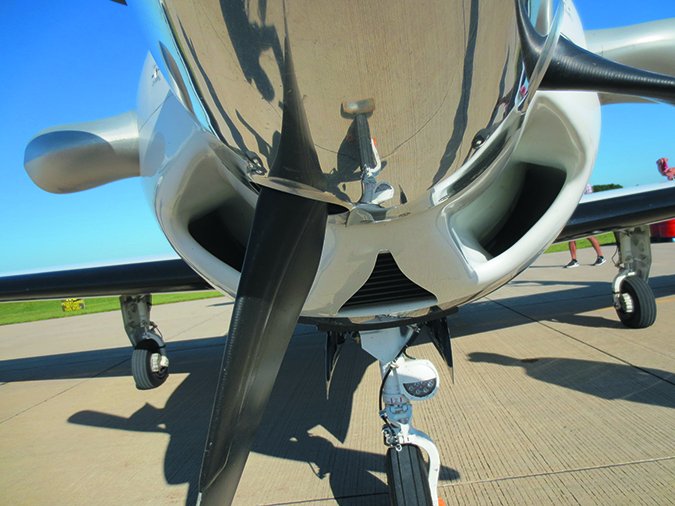
Vy is 122 knots, which generates a nose attitude that blocks all forward view. In a nose-lower cruise climb to 17,500 feet, the rate stayed nearly constant at between 1700 and 1800 FPM. Handling was moderately heavy in all axes—comparable to other airplanes in its class, with no noticeable breakout force or lag. The controls are we’ll harmonized and responsive enough that you find yourself throwing the airplane around a bit simply because you can.
Slow flight was almost too easy—the airplane holds trim speed we’ll and small power changes are easy to make. The long nose is an excellent reference for setting pitch attitudes and helps make steep turns simple.
Not surprisingly—with 600 HP up front—you need rudder inputs with power changes, although less than we’d expected. The rudder trim is electric and needed after most power changes.
Stalls involved considerable warning, including so much buffet and control yoke pulsing that we asked test pilot Craig Masters if the airplane had a stick shaker (it doesn’t). The break is abrupt, with the nose dropping cleanly with no roll off. Reducing back pressure resulted in the airplane returning to controlled flight immediately.
Masters told us that Piper test pilots had performed more than 1000 spins in the M600 during the flight test program—essentially throughout its weight, balance and altitude envelope. To assure it would always recover within one turn after a one-turn spin, a small strake was placed in front of the horizontal stabilizer.
In cruise at 17,500, we saw 256 KTAS with a fuel flow of 330 PPH on an ISA plus 15 degree day. That matched closely with the numbers in the POH. Taking the M600 to its Vmo of 250 KIAS in the descent was a non-event.
In the pattern we found the combination of a long nose for pitch reference, solid handling and smooth power lever response meant that approaches could be flown precisely with little effort. Max gear speed is 168 knots, so some planning is required to slow down after a descent at 250 knots. Approach flaps can come out at 147 knots and full flaps can be dropped at 112 knots.
Coming over the numbers at 85 knots while bringing the power to idle and flaring slightly resulted in smooth, nose-high touchdowns. The nose must be on the ground to go into Beta or reverse on rollout.
Conclusion
We like what we see in the M600—it has the additional speed, range and payload needed to fill the hole between the M500 and TBM series; the most sophisticated avionics suite and safety automation available in a single-engine turboprop and it’s just plain fun to fly. When it was introduced, we frankly expected the price to be slightly higher due to the capabilities and equipment. We also like the warranties offered: Five years on the airframe and avionics and seven years or 2500 hours on the engine.

